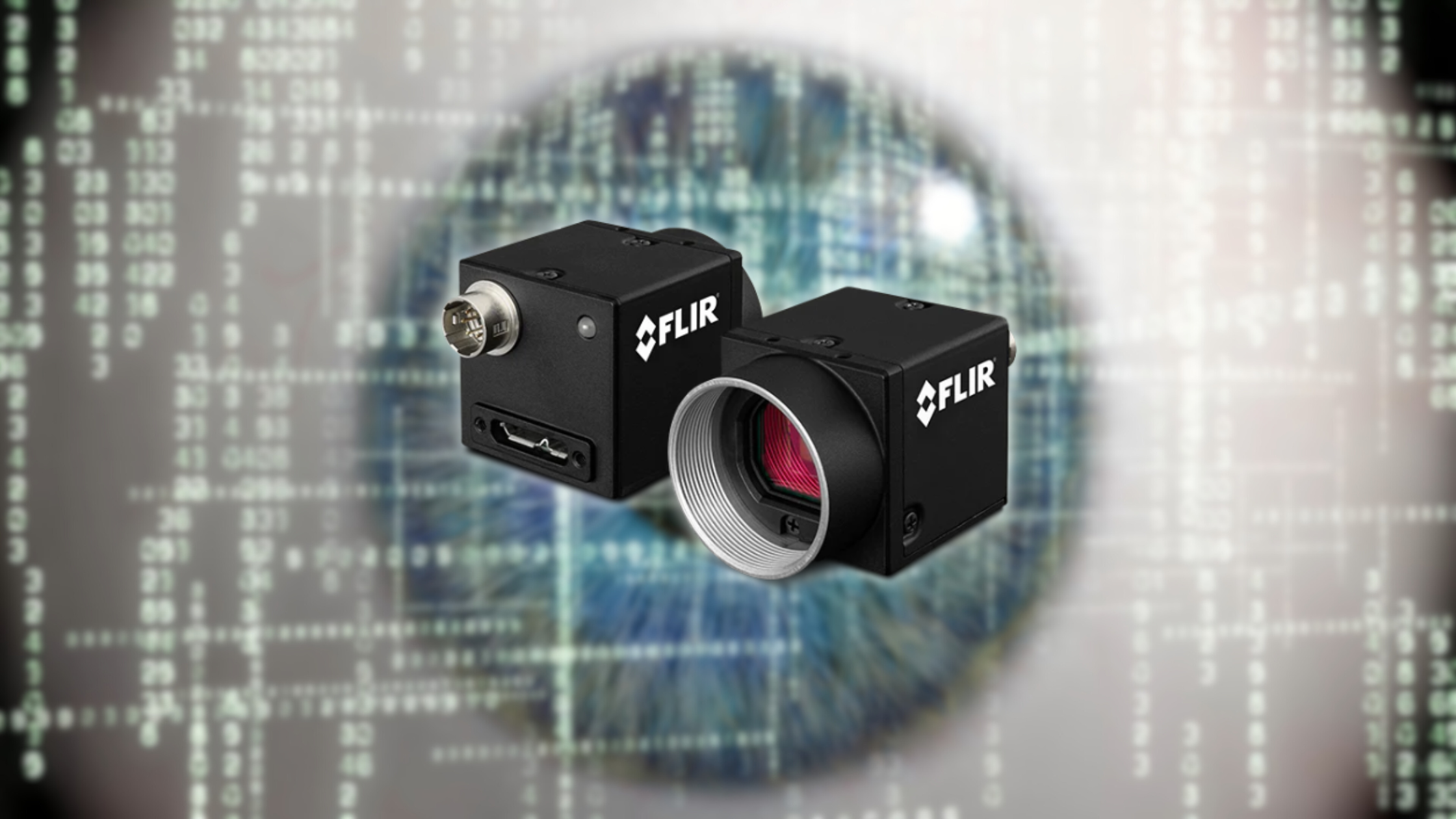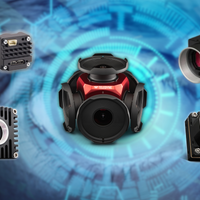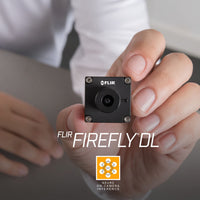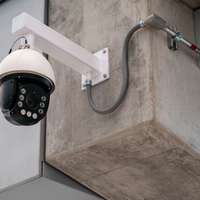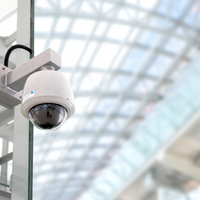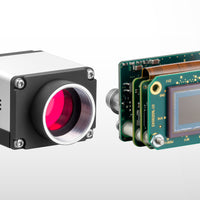Teledyne FLIR is at the forefront of revolutionizing machine vision technologies, offering an array of advanced camera systems that cater to a wide spectrum of industrial applications. From enabling deep learning directly on the camera to providing high-precision imaging solutions, Teledyne FLIR’s innovations are setting new standards in automating complex decisions and enhancing productivity across various sectors.
Deep Learning Integration: Accelerating Automation
Deep learning integration into machine vision represents a significant leap forward in automating and streamlining industrial processes. This branch of artificial intelligence, which simulates the way human brains operate to learn from data, is revolutionizing the field by making it possible to automate decisions that were once too complex or nuanced for traditional algorithms. These decisions include identifying subtle defects in manufacturing, categorizing items based on intricate patterns, or even interpreting dynamic environments for autonomous navigation.
The traditional approach to integrating deep learning into machine vision systems involved a cumbersome setup of separate cameras and computing units. This configuration meant that images captured by the cameras had to be sent to a host system or cloud-based server where deep learning algorithms could analyze the data and make decisions. Such a process not only required significant bandwidth to transfer high volumes of data but also led to increased latency as the decision-making process was contingent upon the data transfer and processing speeds of external systems.
Moreover, relying on external systems for processing introduced several points of vulnerability. The latency involved could be detrimental in time-sensitive applications where decisions need to be made swiftly to ensure efficiency and safety. Reliability became a concern as any downtime or disruption in the network or cloud services could halt the entire decision-making process, impacting productivity and operational continuity. Security risks were also heightened as sensitive data had to traverse potentially unsecured networks, making it susceptible to breaches and unauthorized access.
The necessity to address these challenges has driven the development of innovative solutions, like FLIR’s Neuro Technology, which simplifies the deep learning integration by bringing the computational process directly onto the camera. This "on the edge" processing not only mitigates the issues of latency, reliability, and security but also reduces the overall complexity and cost of machine vision systems. By enabling on-camera processing, decisions can be made instantaneously based on the captured images, streamlining workflows and enhancing the autonomy of machine vision systems.
This evolution towards integrating deep learning directly into machine vision cameras marks a pivotal shift in how industries can leverage artificial intelligence to improve accuracy, efficiency, and security in their operations. It opens up new possibilities for deploying intelligent vision systems in areas previously constrained by the limitations of traditional setups, pushing the boundaries of what can be achieved with automation.
FLIR Neuro Technology: A Game-Changer
Teledyne FLIR addresses these challenges with its groundbreaking Neuro Technology, which simplifies system infrastructure and significantly reduces costs. By deploying trained neural networks directly onto the camera, decisions can be made on the device itself—referred to as "on the edge"—eliminating latency and mitigating security risks. The FLIR Firefly DL camera exemplifies this innovation, combining image capture and inference decision-making in a compact system.
This advancement not only makes deep learning more accessible but also opens up new possibilities for applications ranging from product classification and defect detection to advanced safety mechanisms in drones and driver alertness monitoring.
Spotlight on Teledyne FLIR Machine Vision Cameras
Teledyne FLIR’s portfolio includes several standout models that exemplify the company’s commitment to high-quality imaging and versatile functionality.
360° Spherical Vision with Ladybug6
The Ladybug6 camera is designed to capture detailed 360-degree spherical images under various conditions. Boasting a 72 Megapixel resolution and a robust design, it's ideal for HD mapping, asset management, and panoramic image production. Its precision, enhanced on-board processing, and IP67-rated connectors make it a formidable tool for outdoor imaging applications.
High Bandwidth Image Transfer with Oryx 10GigE
The Oryx 10GigE camera family leverages high-speed data transfer capabilities to deliver 4K resolution images at over 60 FPS. With features like IEEE1588 clock synchronization and 10GBASE-T interface, it supports long cable lengths and ensures reliable image transfer, making it perfect for high-resolution imaging needs.
Ultra-Compact Imaging with Firefly S
The Firefly S is an ultra-compact camera designed for embedding into portable devices. It offers core machine vision capabilities such as GPIO, triggering, and partial image modes, providing incredible value with its powerful features and latest CMOS sensor technology.
Versatile and Reliable Imaging with Dragonfly S USB3
Dragonfly S USB3 is a versatile camera suitable for a range of industries, from life science to factory automation. Its compact design and flexible configuration options make it ideal for embedded or handheld device applications, ensuring reliable image delivery with onboard image buffering.
Empowering Biomedical and Life Science Applications
Choosing the right machine vision camera is crucial for biomedical and life science applications, where high spatial resolution, color accuracy, and sensitivity are paramount. Teledyne FLIR’s cameras, equipped with features like high-resolution sensors and advanced color reproduction, are tailored to meet the specific needs of these applications, from microscopy and histology to cytogenetics and epifluorescence imaging.
Conclusion: Shaping the Future of Machine Vision
Teledyne FLIR continues to push the boundaries of machine vision technology, offering solutions that simplify and accelerate the development and deployment of deep learning and advanced imaging systems. By integrating deep learning capabilities directly onto cameras and providing high-quality, versatile imaging solutions, Teledyne FLIR is paving the way for a future where machine vision systems are more accessible, efficient, and capable of tackling the complex challenges of modern industries.

